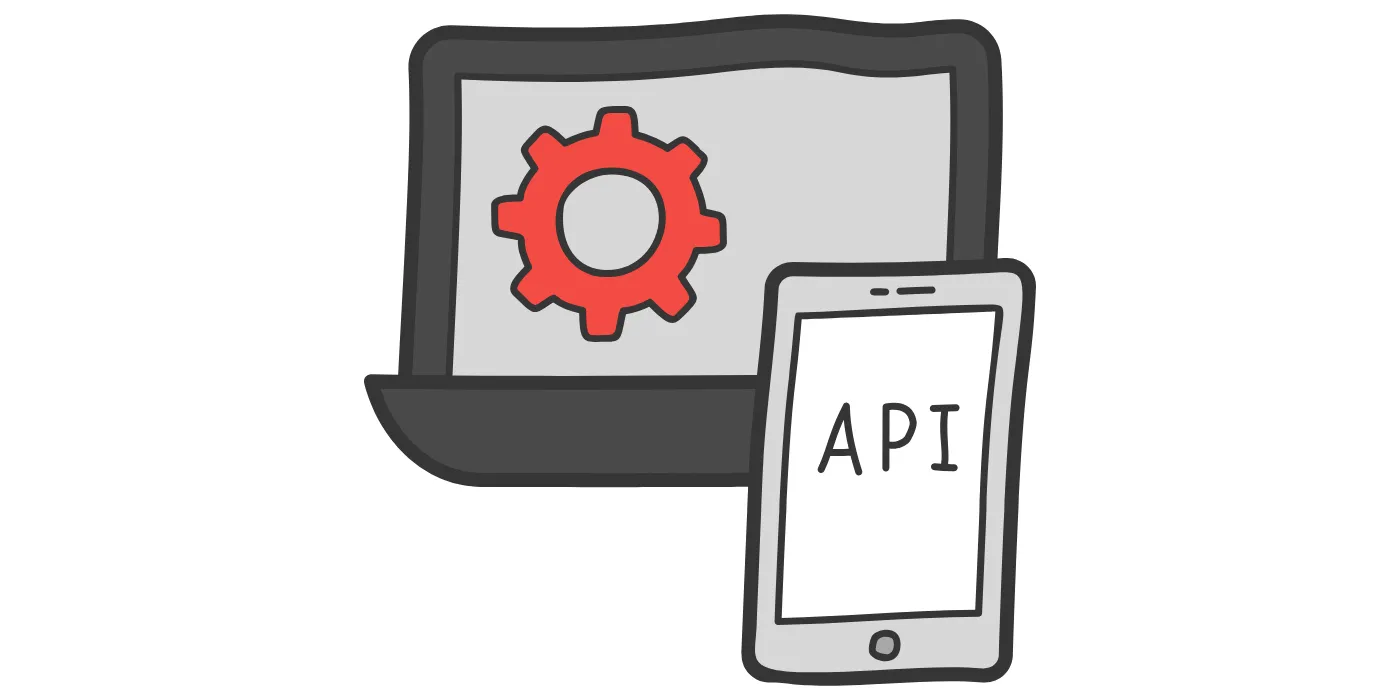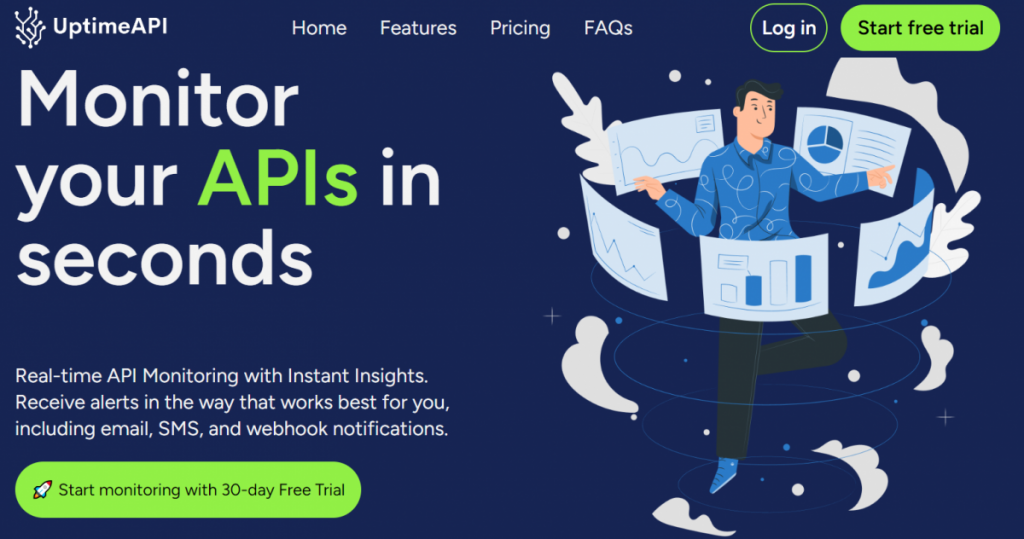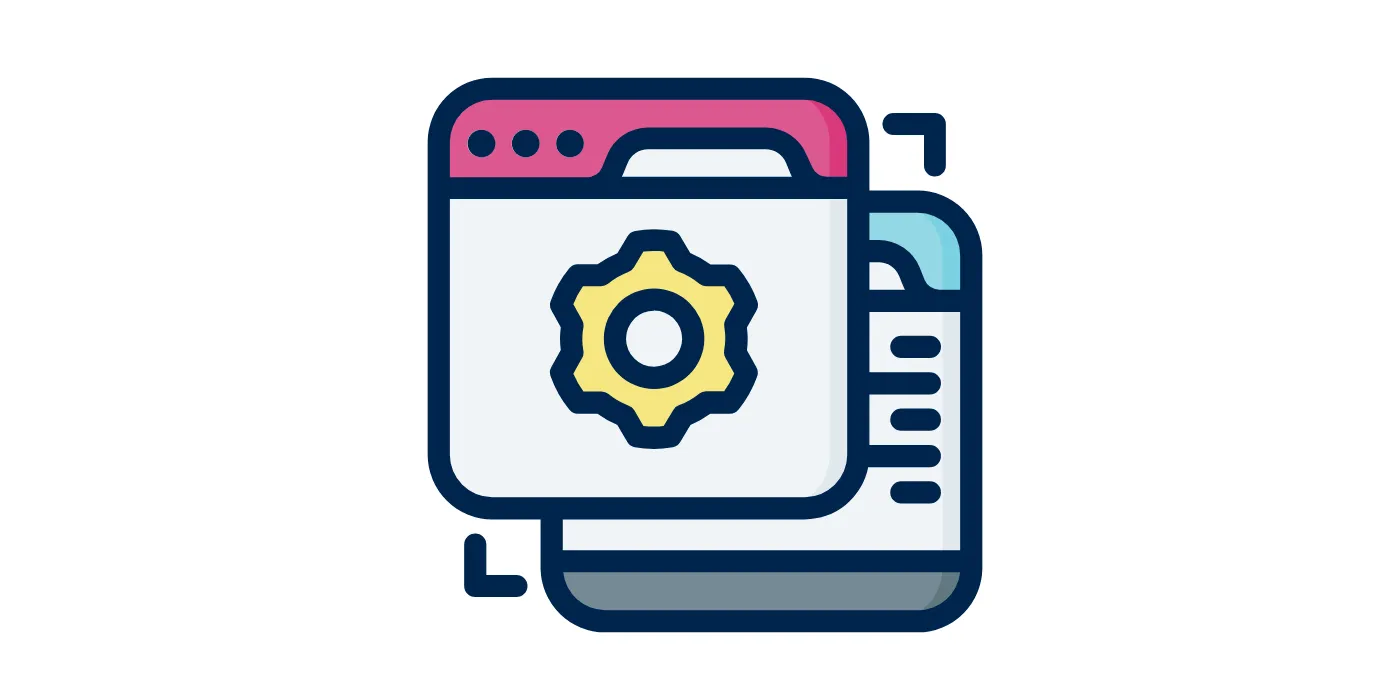In the dynamic realm of software development, monitoring the health and performance of APIs is paramount. As developers, having a reliable tool in your arsenal for API monitor is crucial for ensuring seamless functionality. Enter UptimeAPI – a powerful ally for developers seeking to streamline the monitoring process. This quick guide aims to provide developers with a comprehensive understanding of UptimeAPI and how it simplifies the task of monitoring APIs, along with insights into interpreting API responses effectively.
UptimeAPI: A Developer’s Best Friend

Ease of Integration:
One of the standout features of UptimeAPI is its seamless integration process. For developers looking to quickly incorporate API monitoring into their projects, UptimeAPI offers straightforward setup and configuration. With just a few lines of code, you can start monitoring your API endpoints, gaining valuable insights into their performance.
Developer-Friendly Dashboard:
UptimeAPI provides an intuitive dashboard designed with developers in mind. The clean interface offers at-a-glance information about the status and performance of your API endpoints. Developers can easily navigate through the dashboard, access historical data, and set up customized monitoring checks.
Quick Alert System:
Developers need to be informed promptly about any issues affecting their APIs. UptimeAPI’s quick alert system ensures that you receive notifications in real-time through various channels, including email, Slack, or SMS. This immediate feedback enables developers to identify and address potential issues before they escalate.
Getting Started with UptimeAPI

Step 1: Sign Up and Create an Account
The first step in leveraging UptimeAPI is to sign up for an account. Head to the UptimeAPI website and follow the simple registration process. Once registered, you’ll gain access to the developer dashboard and the tools needed to set up API monitoring.
Step 2: Add Your API Endpoints
After creating an account, the next step is to add your API endpoints to the UptimeAPI platform. This can be done easily through the dashboard by providing the necessary details, such as the API URL and monitoring frequency.
Step 3: Configure Monitoring Checks
Customize the monitoring checks based on your specific requirements. Choose the frequency at which UptimeAPI will assess the health and performance of your API endpoints. This level of customization ensures that the monitoring aligns with your development and performance goals.
Step 4: Set Up Alerts
Define the alert preferences to receive instant notifications when UptimeAPI detects any deviations from the expected API behavior. Configure alerts to be sent via email, Slack, or SMS, allowing you to stay informed and respond promptly to potential issues.
API Response: Decoding the Details
Understanding the nuances of API responses is fundamental for effective monitoring. UptimeAPI not only monitors the availability and performance of your API endpoints but also provides comprehensive insights into API responses.
HTTP Status Codes:
API responses are categorized based on standard HTTP status codes. These codes offer a quick overview of the outcome of each request. For instance, a “200 OK” status indicates a successful response, while “404 Not Found” signifies an error.
Response Time Analysis:
UptimeAPI measures the time it takes for your API endpoints to respond to requests. This response time analysis is crucial for identifying performance bottlenecks. Swift response times contribute to a positive user experience and efficient API interactions.
Error Rate Metrics:
Monitoring the error rate of API responses is essential for proactive issue resolution. UptimeAPI tracks the occurrence of errors, allowing developers to identify patterns and address potential problems. Keeping the error rate in check contributes to maintaining a reliable API ecosystem.
Conclusion
In the realm of API development, UptimeAPI stands out as a quick and effective solution for monitoring the health and performance of API endpoints. Developers can seamlessly integrate UptimeAPI into their projects, leveraging its developer-friendly dashboard, quick alert system, and insightful API response analysis. With UptimeAPI, developers gain a valuable tool that not only simplifies API monitoring but also contributes to building robust and reliable digital services. Embrace the power of UptimeAPI to ensure that your APIs operate at their best, providing users with a seamless and responsive experience.
Read More: Company profile APIUsage Cases

